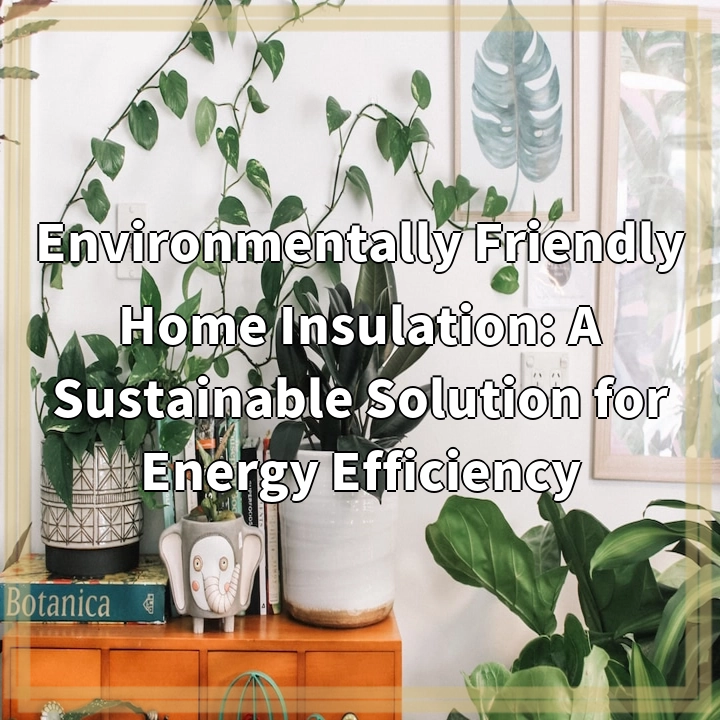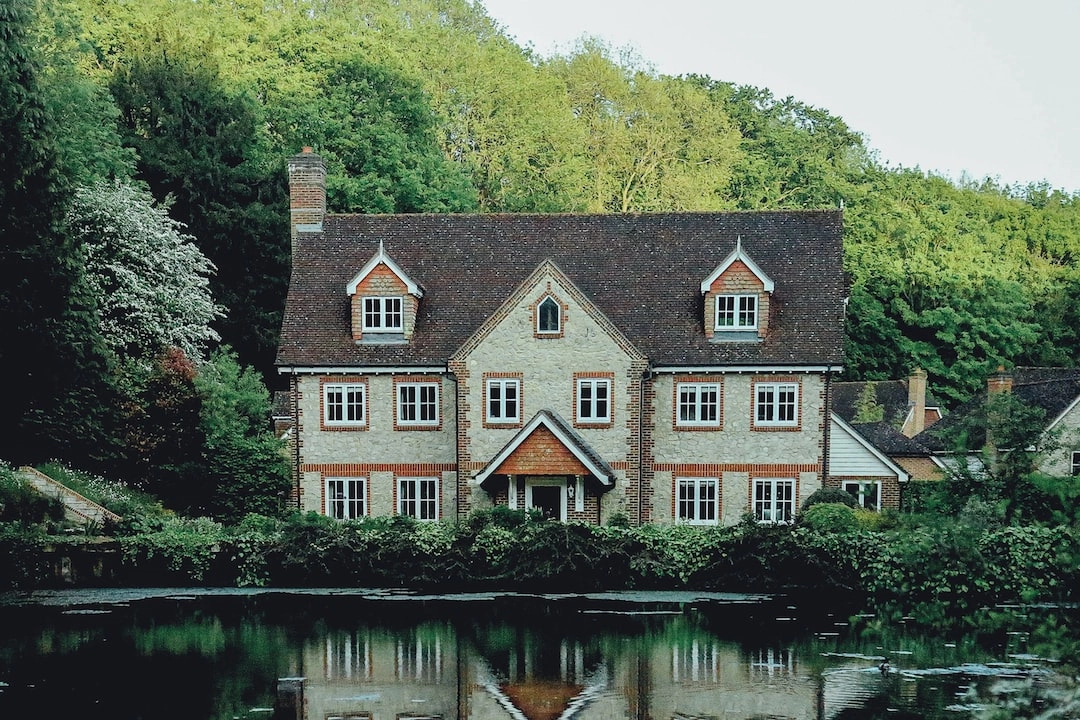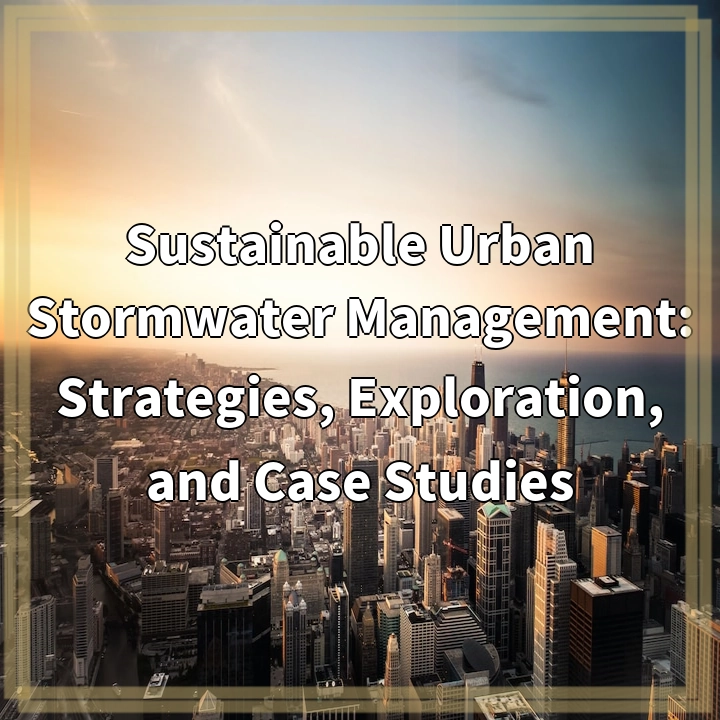
What is Environmentally Friendly Home Insulation?
Environmentally friendly home insulation refers to a range of materials and techniques used to insulate homes and buildings in an eco-friendly and sustainable manner. The primary goal is to enhance energy efficiency, reduce energy consumption, and minimize environmental impact.
By insulating our homes properly, we can create a comfortable living environment while reducing our carbon footprint and dependence on fossil fuels. These insulation solutions aim to minimize heat loss during the winter and heat gain during the summer, resulting in lower energy bills and a reduced environmental impact.
Real-World Problems Associated with Environmentally Friendly Home Insulation
Despite the numerous benefits, there are some challenges and real-world problems associated with environmentally friendly home insulation:
High Initial Costs
One of the primary concerns for homeowners considering eco-friendly insulation is the higher upfront costs compared to conventional insulation materials. While the initial investment may be higher, it’s important to consider the long-term savings in energy bills and environmental benefits.
Limited Availability
Environmentally friendly insulation options may not be readily available in all areas. This can make it challenging for homeowners to access these materials or find contractors experienced in their installation. However, as demand for sustainable solutions increases, it is expected that availability will improve over time.
Installation Challenges
Some eco-friendly insulation materials require specialized installation techniques. This may include using specific equipment or working with experienced professionals, which can increase the complexity and cost of installation. It’s important to consult with experts or contractors who have knowledge and experience in installing environmentally friendly insulation.
Compatibility with Existing Structures
In some cases, retrofitting existing structures with environmentally friendly insulation can be challenging. The unique characteristics of older buildings, such as irregular shapes and limited access points, may complicate the installation process. However, innovative solutions and techniques are being developed to address these compatibility issues.
Performance and Longevity
While environmentally friendly insulation materials have made significant advancements in performance and durability, it is essential to choose the right insulation type for the specific requirements of a home. Factors such as the climate, building design, and moisture levels need to be considered to ensure optimal performance and long-term durability.

Solutions for Environmentally Friendly Home Insulation challenges:
While there are challenges associated with using environmentally friendly home insulation, there are several solutions to address these issues:
Financial Incentives and Support
Government programs and incentives, such as tax credits and grants, can help offset the higher upfront costs of environmentally friendly insulation. Homeowners should research and take advantage of these financial resources to make eco-friendly insulation more affordable.
Increasing Availability
As demand for sustainable insulation solutions grows, the availability of environmentally friendly materials is likely to improve. Homeowners can proactively search for local suppliers and contractors who specialize in eco-friendly insulation to ensure access to these materials.
Education and Training
Providing education and training to homeowners and contractors is pivotal in ensuring proper installation techniques for eco-friendly insulation. This can include workshops, webinars, and resources that provide guidance and empower individuals to make informed choices for their homes.
Sustainable Retrofitting Solutions
Developing innovative retrofitting solutions is essential for making environmentally friendly insulation compatible with existing structures. This involves researching and engineering insulation methods that can be easily implemented in older buildings without compromising structural integrity.
Material Development and Research
Ongoing research and development efforts are crucial in improving the performance and longevity of environmentally friendly insulation materials. Scientists and engineers are continually enhancing insulation technologies to address challenges and ensure optimal energy efficiency.















